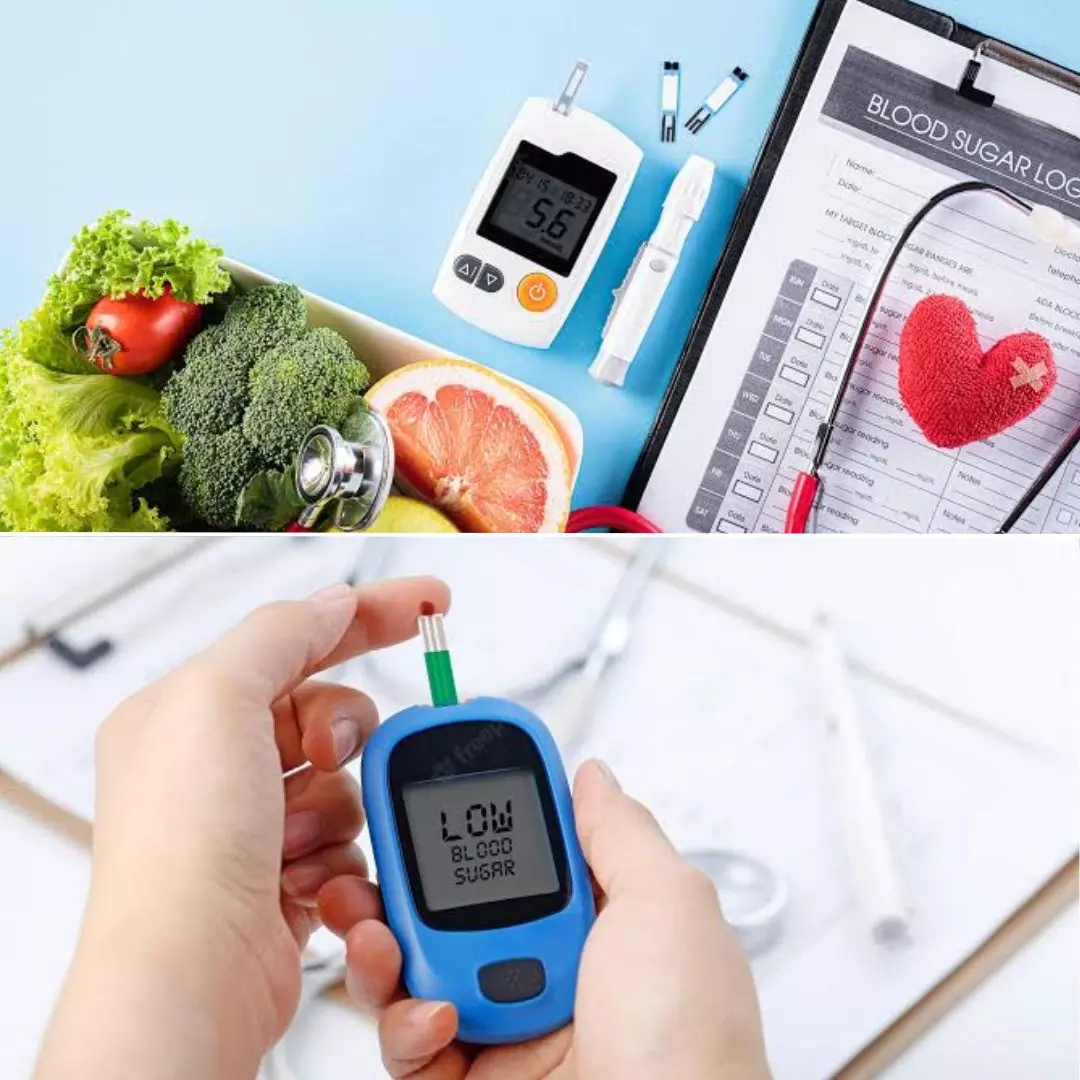India Is Home To 77 Mn Prediabetic Patients With Alarming Rise In Cases Among Youth: All You Need To Know
Writer: Laxmi Mohan Kumar
She is an aspiring journalist in the process of learning and unlearning many things. Always up for discussions on everything from popular culture to politics.
India, 5 Jan 2023 9:08 AM GMT
Editor : Shiva Chaudhary |
A post-graduate in Journalism and Mass Communication with relevant skills, specialising in content editing & writing. I believe in the precise dissemination of information based on facts to the public.
Creatives : Laxmi Mohan Kumar
She is an aspiring journalist in the process of learning and unlearning many things. Always up for discussions on everything from popular culture to politics.
Lifestyle diseases such as prediabetes can be avoided with minor changes in a person's lifestyle, yet it continues to affect a large population in the country and is responsible for about 2 per cent of deaths in India.
Prediabetes is a highly prevalent disease in the Southeast Asian region, with an epidemic rate of about 8.9 per cent. Recently the National Urban Diabetes Survey (NUDS) released a notification that stated that 14 per cent of the Indian population has prediabetes. The alarming notification came along with the revelation that out of the global burden of 88 million pre-diabetic patients, 77 million are from India.
Such lifestyle diseases are one of the biggest causes for people to fall prey to premature morbidity, and as per data by the World Health Organisation (WHO), about 2 per cent of all deaths in India were supposedly due to prediabetes.
What Are Prediabetes?
Prediabetes is said to be a preliminary condition of diabetes characterised by blood sugar levels higher than normal but lesser to be categorised as type 2 diabetes. With the increased sugar content in the blood, there would be less secretion of insulin within the body, which would then diminish the functioning of the pancreas that operates to secrete said insulin. The core cause of prediabetes remains largely unknown, but the incapacity to process sugar could arise from various factors such as unhealthy lifestyle patterns, dietary habits, and genetic dispositions.
On par with the recent findings by the NUDS, a report by the New Indian Express quoted Nephrologist Dr Chandan Choudhary saying, "While there is a myth that disease is not commonly associated with the younger population, the incidences among children, adolescents, and young adults over the last decade are alarming." He suggested that out of the total prevalence rate of 12.3 per cent of prediabetes among the Indian population, at least 8.4 per cent of cases were seen in adolescents and adults. The condition further worsens with youngsters' low physical activity, unhealthy dietary practices, and substance abuse.
What Can Be Done To Bring Down The Graph?
The progression of prediabetes to diabetes is not inevitable, so early detection and change in lifestyle can help keep the disease at bay. The concern attached to prediabetes is that it is asymptomatic in nature, which often makes it difficult to detect. So identifying the early symptoms becomes crucial. According to many doctors, the commonly noticed symptoms include - going to the toilet more often, exhaustion, unexplained sudden weight loss, genital itching, cuts and wounds taking longer to heal, blurred vision, and feeling extremely thirsty at times. If any such symptoms are noticed, it is best recommended to consult a doctor and request a blood test. The most common tests would rightly identify HbA1c levels (average blood glucose levels) for the last two to three months.
High sugar levels adversely affect other organs, such as the kidneys. While the burden of having both prediabetes and kidney disease is often associated with the older population, it is now putting even the younger generations at risk. As per International Diabetes Foundation, the number of adults living with diabetes in the country is expected to rise from 80 million and reach over 130 million by 2045.
Since the disease is reversible, even the smallest changes in lifestyle choices could manage the early onset of prediabetes. These measures include controlling the intake of carbohydrates and sugar, including more fibre-rich food in your diet (beans, legumes, lean meat, whole grains, seasonal fruits, and vegetables), exercising and doing physical activities, and taking multiple small meals throughout the day so that you remain full for a longer time and avoid unhealthy cravings.
Furthermore, it's important that opinions from medical professionals are often taken through consultations and blood tests, which would offer an estimate of how one responds to sugar after a meal while fasting and over two to three months.
Also Read: World Diabetes Day: Understanding Diabetes Epidemic In The Youth And Its Consequences
 All section
All section















